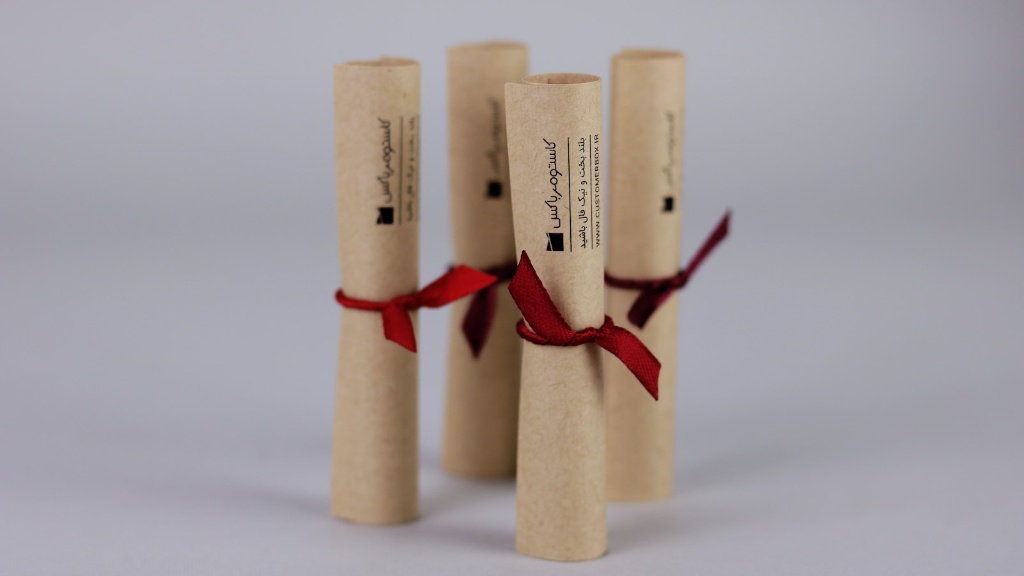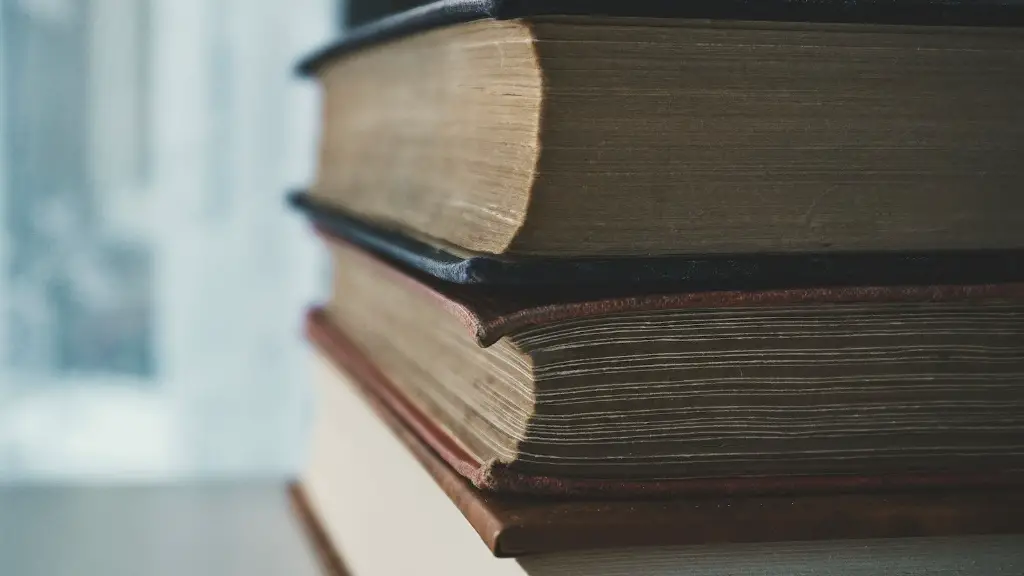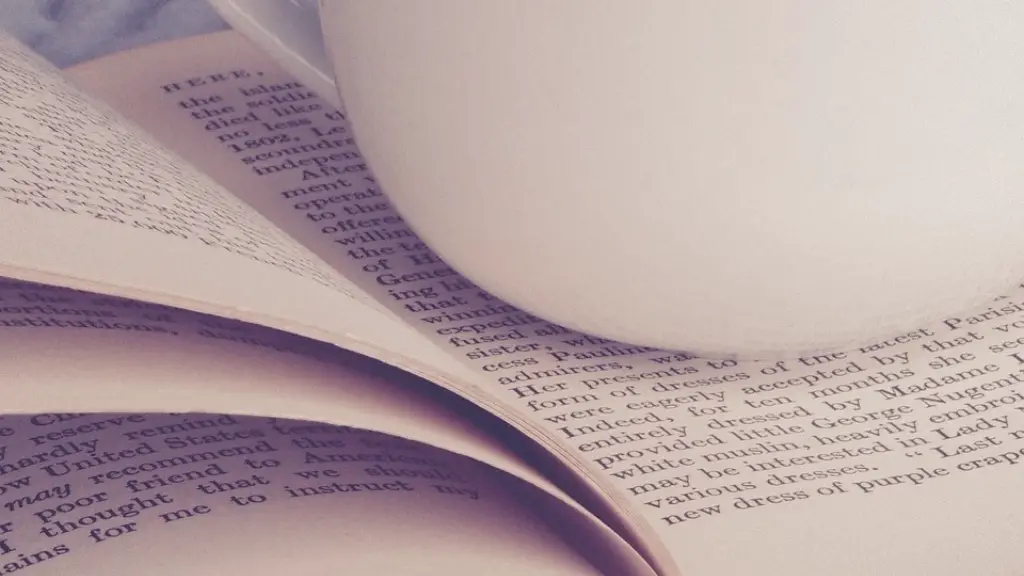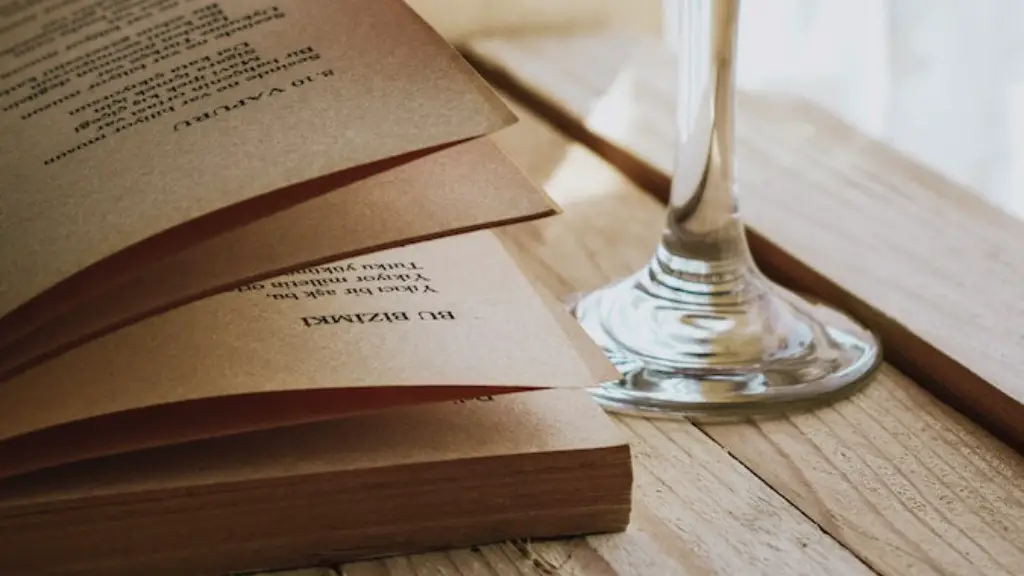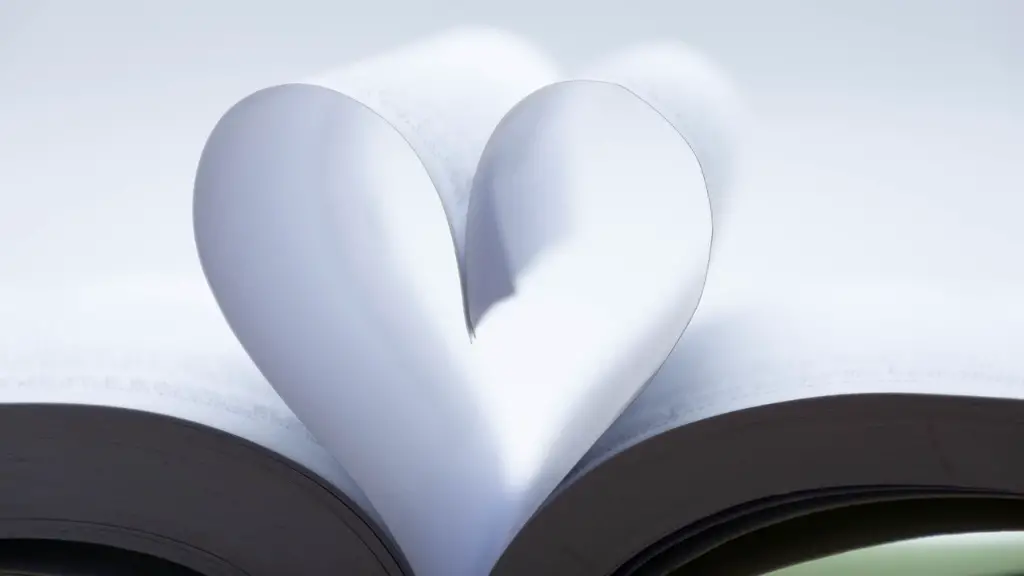How I Discovered Poetry
I have been interested in poetry since I was a child. As a child I grew up around a diverse selection of cultures and languages; all of which influenced my search for an art form to express and discover my own identity. As I grew older, I developed a comprehension that my interest in poetry was a vehicle to understand the world around me.
The discovery of poetry came when I realized that the words of others held a power that I could use to fathom my life in a different way. Through numerous readings, analyses and self-discoveries, I began to understand the beauty of poetry beyond its evident lyrical words. I began to not only recognize the meanings of the words, but also the intricacies of language and its abilities.
It is an art form that must be understood before it can be appreciated. It needs passion, dedication and an open heart; feelings that can only arise from an awareness of how the words interact with each other. In different ways, these words can stand for beliefs, values and opinions.
Furthermore, poetry connects us with different audiences by spreading stories, emotions and unanswered questions. Each poem is formulated in its own style, invoking readers to believe in something they cannot see. As I continue to explore the various kinds of poems, I recognize the complex yet beautifully formed language of each author.
Though words have the power to construct beautiful stories, the importance of learning to appreciate them is undervalued today. Both words and stories permanently mark our existence on this earth. By understanding the heart and soul of poetry, readers can invest in the hour of their soul and spirit.
Additionally, poetry can educate the reader by drawing attention to the world around us. It helps us to think beyond the words and foster a greater understanding of our present times. People underestimate the significance of poetry, yet poetry has been a fundamental part of humanity as far back as time can remember.
The Power of Metaphors
Poetry allows to express one’s emotions in a powerful way, through metaphors and allegories that hold more than their literal meanings. Metaphors take symbolic representations of things to express deeper meanings and understanding, and a poet’s use of metaphors demonstrates the complexity of human thoughts and emotions. Metaphors are effective when a description is conveying a physical representation of an abstract thought. For example, Shakespeare employed metaphors to make never-seen-before statements to describe feelings and topics that had not been tackled before by any other poet.
Metaphors are unique to the poet or author and are used to create a hidden layer in the text that readers can explore. In a poem, readers can go through the passage and explore the text for themselves. For example, a poet may refer to a place as a castle surrounded by a moat to allude to their inability to escape the confines of their mind. Metaphors also allow readers to feel as if they have discovered something and have made some kind of revelation.
Metaphors have a great impact on readers, allowing them to analyze and explore their own thoughts and emotions. In turn, readers become conscious and allowing the text to take them on an inward journey. They learn a lot more about themselves and discover their own truths, allowing themselves to accept and embrace various perspectives. Metaphors challenge and invite the reader on an exploration, while creating a space to explore the seemingly inexpressible.
Expressing Identity Through Poetry
Poetry has served as an important tool to express identity, telling stories of the struggles and joys of marginalized individuals. No matter race, gender, sexuality, or any other form of identity, poetry has brought about different types of expression, helping to capture inhumane circumstances, the cry for social justice, or one’s longing for beauty and peace for those who feel unheard and unseen. A dream of beauty and hope, advocating for the lacking and the forgotten, and standing strong to fight for the freedom and justice of these oppressed people.
The aspects of poetry that uniquely distinguish it from other genres has made it the perfect tool to express identity. Poetry has become a powerful tool for self-reflection and to confront the systems of power that have continually oppressed various individuals and marginalized communities. The general use of poetic devices such as metaphors and other techniques, creates a language that allows the reader to connect with the stories often in a more personal way, making them more impactful.
Poems bring to light the forgotten, provides comfort and solace to those in need, and serve to bridge the gaps between communities, cultures, and identities. It helps to uplift and empower underrepresented voices. It gives them a tool to story-tell in their own unique way and provides an opportunity to connect with one another.
Traditional Poetry Structure
Poetry is a special type of creative writing that can bring about change. Poetry can be used to express a wide range of emotions, from joy to sorrow. There are many distinctive forms of poetry, each with its own style. Traditional poetry is typically written in a particular structure, like the sonnet format for Shakespearean Sonnets or the villanelle pattern for the 21st-century villanelles.
Traditional poetry has been used for centuries to convey messages and stories. It has been used to express beliefs and values, to explore and answer life’s mysteries, and to offer comfort in difficult times. Traditional poetry can be found in many different cultures and languages. It is an important part of literary culture, and it enables readers to relate to a wide range of topics and make lasting connections with other readers.
The various patterns used in traditional poetry are designed to give each poem its own unique identity. The form can infuse a poem with musicality or poetry and style. When written in traditional poetry forms, each poem follows a distinct pattern with each line laid out in a specific way.
Traditional poetry also uses specific poetic devices such as rhyme, meter and rhythm. This helps to create a flow of words that infuses the poem with energy and passion. It can also make the poem easier to remember since each line follows a specific format.
Poetry as a Creative Process
Creativity is a major component of any poem. It allows poets to express their thoughts and feelings in a unique and powerful way. Poetry is a creative process that involves uncovering the feelings, relationships and conflicts that lie within our hearts and souls. By unearthing these emotions, we are able to work through difficult times.
The creative process of writing poetry enables us to ask questions and seek answers. It encourages us to experiment and explore new ideas. It allows us to express our opinions and feelings in a constructive manner. Writing poetry can be a therapeutic exercise, helping to reduce stress and anxiety.
It can be a great learning tool, allowing us to expand our knowledge and understanding of the world. By writing creatively, we are able to think outside of the box. Writing poetry helps to foster our imagination and creativity. It can also benefit our mental well-being.
Writing poetry can also serve to connect us with other people. It is a great way to share ideas and thoughts with others. Writing poetry enables us to express our inspirations and tell a story. It also gives readers an opportunity to engage and relate to different aspects of a poem.
Conclusion
Poetry is a powerful form of creative expression that helps us to explore and understand our own identity, emotions and relationships. It has the potential to bring about social change, to connect us with others and to equip us with a powerful tool for self-reflection. It enables us to express our opinions and feelings in a unique fashion and offers an opportunity for us to learn about ourselves.

